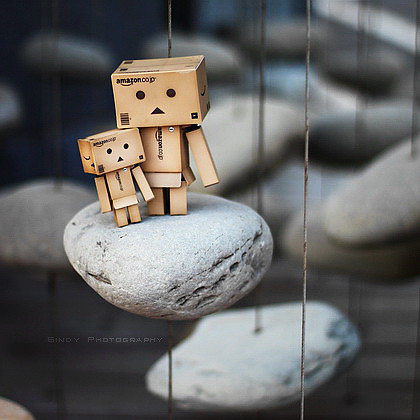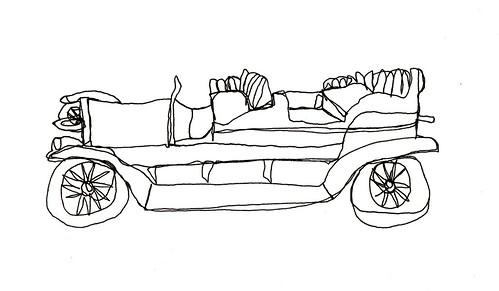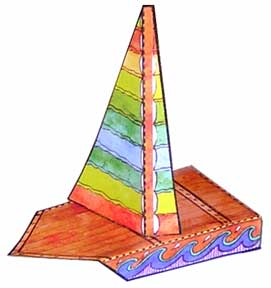Toys are an integral part of a child’s life and there are tons of ways one can use them in learning. Here are a few ideas to incorporate learning in the world of toys. (There are ideas for different age groups, and if you have kids between 3 and 13 you may find something in here.)
Part 1 - Literacy with Toys
1. Adjective Detective
Create personalities for toys. If it is a car, think if it is a lazy car or a speedy car. Think of the places you would go with this car. Talking about far away places may appeal to young imaginations but take care not to indulge in fantasies like a flying car or a talking magic car. Give your toys some character, a name and make a fact file about that character. Think of adjectives to describe its personalities, use those adjectives to make silly poems or try them in Arabic.
2. Write Stories

Write stories about toys. Since we don’t have stuffed teddies and animals as toys, it’s a bit more difficult to weave a story around them but we try! For example if my child chooses a car and wants to write a story about it, we think of things such as how it loves serving its master, how hurt it feels when its not taken proper care of, how it would love to be a real car and the places it would go. What it sees while resting on its shelf in the child’s room, what it thought about the latest turn of events like a fight between the brothers. The opportunities are endless. It would be infinitely better if you participate and write a story of your own as well.
3. Phonics Scavenger Hunts

Do toy scavenger hunts with your child. For example he/she has to find a toy beginning with each letter of alphabet/ starting with certain sounds etc. If you do not have that many toys, you can use pictures of toys from magazines etc. (I like to keep those grocery store promotional papers for this purpose). Equip your child with a digital camera to make hunt more interesting.
4. Make Books

Make books with the pictures of toys. Older children can make caption books where they write a caption to each picture. They can also arrange toys in a scenario and then write simple sentences to explain the scene. They can also have a go at making chapter books if they wish. You can make an alphabet book or a number book for younger kids. For alphabet book you can use the pictures from the scavenger hunt and use simple tools like power point to put together your book. Or you can use sites like bookr to find images from flickr and put in your online book. Or make a non digital version where your child can paint/draw his toy or cut the pictures of toys from magazines. For number books you can take a picture of that many toys.
5. Describe and Draw

Collect pictures of toys from magazines etc. and team with your child. You both get a card and have to describe it so that the other person can draw it. Compare the originals with the drawn versions. (Please refrain from drawing the pictures of animated objects.) It is a great exercise for describing things verbally and practicing second languages like Arabic etc.
6. Persuasive Writing

6. Practice persuasive writing by choosing a toy and designing packaging or advertisement flyer for it. Brainstorm what to include in your packaging/ flyer, how to make it attractive without telling lies and even exaggerating. A good opportunity to educate your child about honesty in trade. You can even discuss the stories of salaf who practiced extra ordinary honesty in their trades. Designing the flyer in programs like publisher, paint, power point or even photoshop can let your child learn a lot of technical stuff.
7. Make your own

Make your own toys. Reading instructions and following them is a vital skill to learn, so learn them by making fun toys to play with. Use sites like The toy maker or AHC. Try writing something about your toy, like why you like it, how it works etc.
8. Figurative Language

Have fun with personification. Personification consists of giving inanimate objects human traits. Choose a toy and write a sentence giving this toy a human trait. To make it more fun, illustrate your sentence using programs like tux paint or photo shop.
9. Stop Motion Animation

Older children can write a story about toys, and make stop motion animations for those stories. They can even make animations about Islamic etiquettes, morals etc. to educate a younger sibling.

No comments:
Post a Comment
Your feedback is important